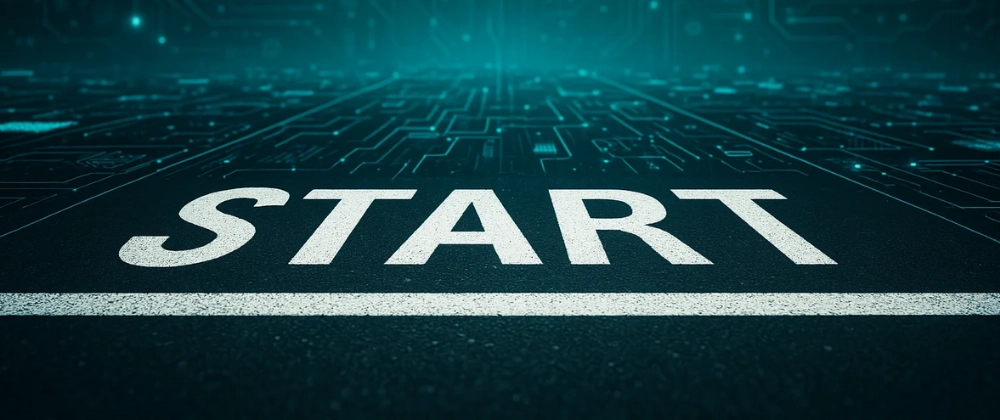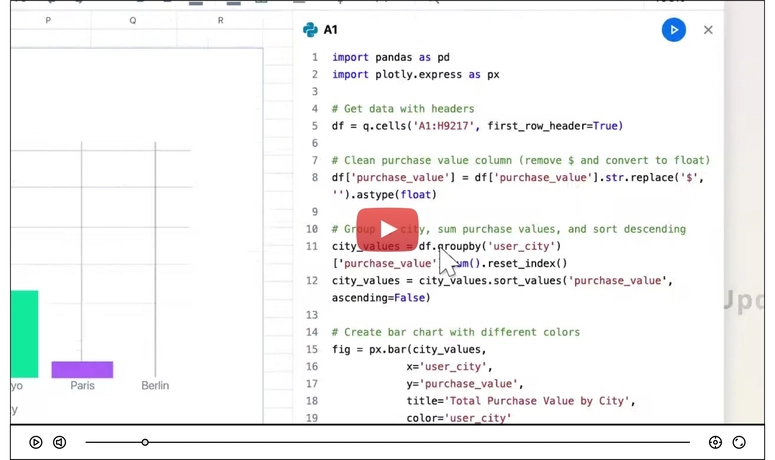When I first started learning AWS, I remember staring at the endless list of services and wondering, Where do I even begin?
It’s easy to feel overwhelmed with all the options—EC2, S3, Lambda, CloudFormation, IAM, Route 53, etc. The good news? You don’t have to master everything at once. AWS is powerful, but the learning journey doesn’t need to be intimidating.
Here are some practical AWS learning tips that helped me—and I hope they’ll help you, too.
1. Start with the Basics
Before diving into every shiny new service, it’s important to build a solid foundation. Understanding the core AWS services will give you the context and confidence to explore more advanced tools later on. These core services include:
- EC2 (Elastic Compute Cloud): Think of this as your virtual machine in the cloud. If you understand how a typical server works, you can grasp EC2 fairly quickly.
- S3 (Simple Storage Service): This is AWS's highly scalable object storage service. It’s great for storing static assets, backups, and even hosting static websites.
- IAM (Identity and Access Management): One of the most crucial services to understand early. IAM helps you manage permissions securely across your AWS account.
- Lambda: AWS's serverless compute service that lets you run code without provisioning or managing servers. Great for automating small tasks or building microservices.
Taking the time to truly understand how these services work and how they connect to one another can save you hours (if not days) down the road.
Helpful links:
2. Get Hands-On as Early as Possible
Watching tutorials and reading documentation are helpful, but nothing beats actually using the services. AWS offers a very interactive experience through its Console, and getting hands-on will reinforce your learning.
A good beginner project? Deploying a simple Lambda function. Here’s an example in Python:
# A simple AWS Lambda function in Python
def lambda_handler(event, context):
return {
'statusCode': 200,
'body': 'Hello from Lambda!'
}
This function can be tested directly in the AWS Console. It might seem simple, but running your own code in the cloud is empowering and builds your confidence to try more complex things.
Also try:
- Hosting a static website using S3
- Creating an EC2 instance and connecting to it via SSH
- Writing a basic IAM policy
3. Take Advantage of the Free Tier (Just Don’t Forget to Clean Up)
The AWS Free Tier is your best friend as a beginner. It gives you access to many services for free for the first 12 months (and some forever).
You can:
- Run EC2 instances (750 hours/month for t2.micro or t3.micro)
- Store 5GB in S3
- Execute 1M Lambda requests
- Store 25 GB on DynamoDB
BUT… always remember to shut things down when you're done. AWS doesn’t always send big alerts for charges. Use the Billing Dashboard and set up alerts through the AWS Budgets feature.
Trust me, the first surprise bill is not a fun milestone.
4. Certifications Are Great—But Don’t Let Them Be the Only Goal
AWS certifications like Solutions Architect Associate are valuable, especially for structuring your learning.
But don't fall into the trap of memorizing for exams without understanding the "why" behind each service. Real-world projects give context to that knowledge and help it stick. Combine cert prep with actual building.
Try:
- Going through AWS Skill Builder's free training
- Pairing Udemy courses or A Cloud Guru content with personal projects
- Taking notes in your own words after every study session
Recommended free study resources:
5. You Don’t Have to Learn Everything
There are over 200 AWS services. Nobody expects you to know them all.
Instead, focus on what aligns with your goals:
- Web developer? Learn S3, CloudFront, API Gateway, and Lambda.
- Backend engineer? Dive into DynamoDB, RDS, and ECS.
- DevOps or Infra-focused? Master CloudFormation, IAM, and CodePipeline.
Use AWS’s Architecture Center to browse common use cases and decide where to focus.
Let your learning be project-driven, not list-driven.
6. Find Community
Learning in isolation is tough. Thankfully, the AWS community is one of the most active and supportive in tech. Engage with others to stay motivated and solve problems faster.
Places to connect:
- AWS User Groups
- r/aws on Reddit
- LinkedIn hashtags like #AWSCommunity and #BuildOnAWS
Ask questions, share your projects, and don’t hesitate to say, "I don’t get this yet."
Final Thoughts
AWS can feel like a lot—because it is. But if you take it one step at a time, keep building, and stay connected to a supportive community, you’ll get there.
Whether you're just starting or picking things back up, remember that cloud skills are built one small project at a time.
What AWS tip helped you the most? Share it—I'd love to learn from your journey too.





Top comments (2)
know more about aws certification netcomlearning.com/blog/top-aws-ce...
Great post Joanne!